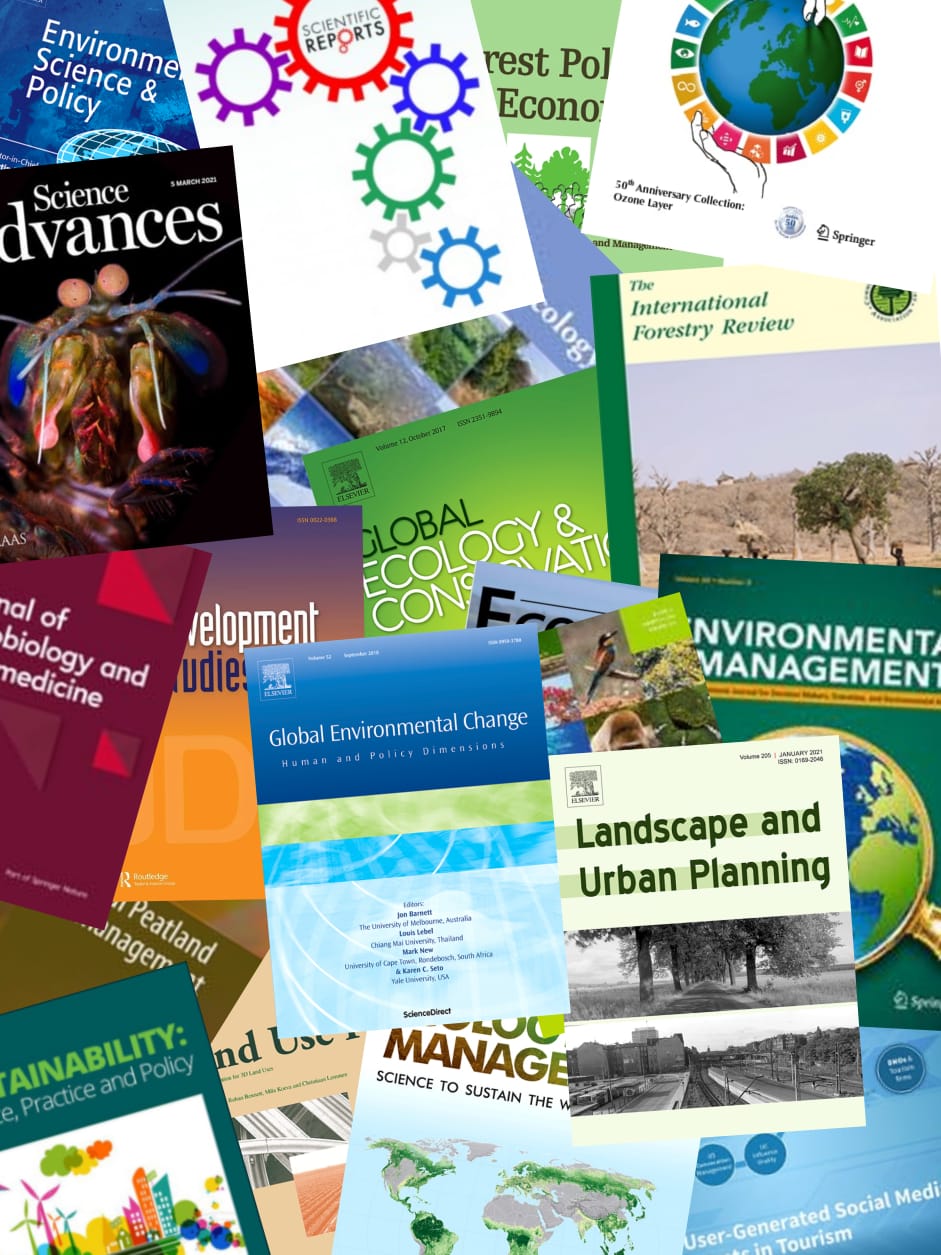Peatlands in Indonesia are subject to subsidence in recent years, resulting in significant soil organic carbon loss. Their degradation is responsible for several environmental issues; however, understanding the causes of peatland subsidence is of prime concern for implementing mitigation measures. Here, we employed time-series Small BAseline Subset (SBAS) Interferometric Synthetic Aperture Radar (InSAR) using ALOS PALSAR-2 images to assess the relationship between subsidence rates and land use/land cover (LULC) change (including drainage periods) derived from decadal Landsat data (1972–2019). Overall, the study area subsided with a mean rate of −2.646 ± 1.839 cm/year in 2018–2019. The subsidence rates slowed over time, with significant subsidence decreases in peatlands after being drained for 9 years. We found that the long-time persistence of vegetated areas leads to subsidence deceleration. The relatively lower subsidence rates are in areas that changed to rubber/mixed plantations. Further, the potential of subsidence prediction was assessed using Random Forest (RF) regression based on LULC change, distance from peat edge, and elevation. With an R2 of 0.532 (RMSE = 0.594 cm/year), this machine learning method potentially enlarges the spatial coverage of InSAR method for the higher frequency SAR data (such as Sentinel-1) that mainly have limited coverage due to decorrelation in vegetated areas. According to feature importance in the RF model, the contribution of LULC change (including drainage period) to the subsidence model is comparable with distance from peat edge and elevation. Other uncertainties are from unexplained factors related to drainage and peat condition, which need to be accounted for as well. This work shows the significance of decadal LULC change analysis to supplement InSAR measurement in tropical peatland subsidence monitoring programs.
View source

